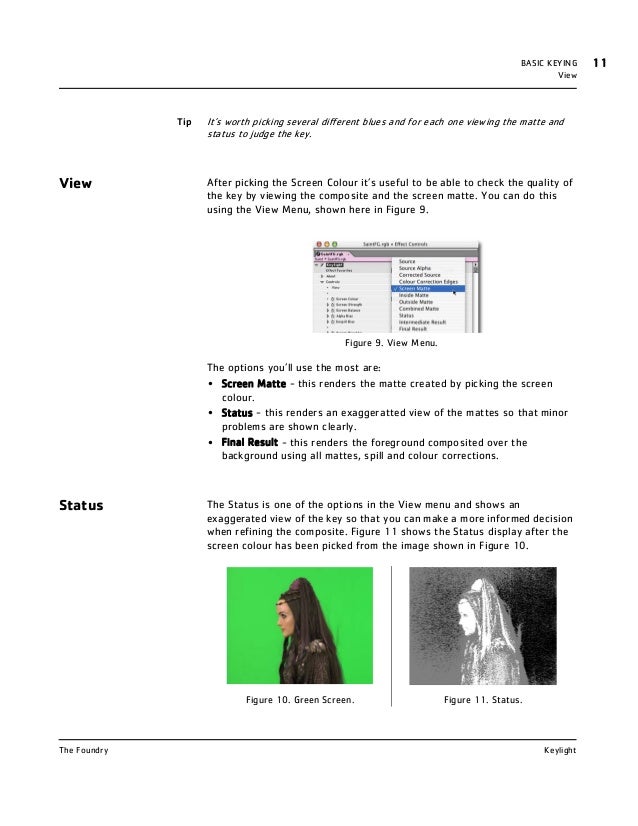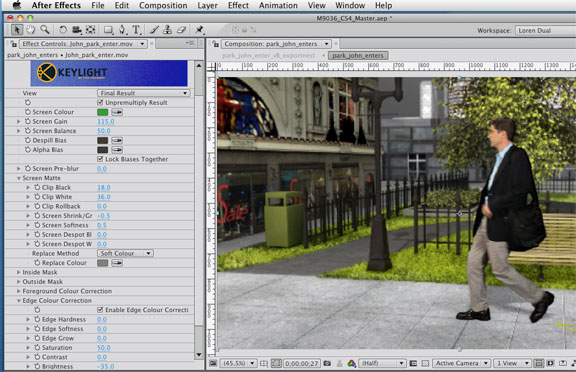
The best way to ensure a good key is to know what format works best. You might be working with a limited budget and cannot shoot any other way.In the case of science-fiction movies, the location may not exist at all.The location may be too hazardous for cast and crew to film live.A stunt may be too dangerous for an actor to perform on location.Why might you use keying? There are a variety of reasons, including the following:

Instead of keying out a single-color screen, you can key out an arbitrary background. The technique of keying out a background of a consistent color is often called bluescreening or greenscreening, although you don't have to use blue or green you can use any solid color for a background.ĭifference keying defines transparency with respect to a particular baseline background image. Keying makes it easy to replace a background of a consistent color or brightness with another image, which is especially useful when working with objects that are too complex to mask easily. When you key out a value, all pixels that have similar colors or luminance values become transparent. Keying is defining transparency by a particular color value (with a color key or chroma key) or brightness value (with a luminance key) in an image. Then you'll add a title to the promo, and place a station ID into the composition to complete the project. You'll learn how to use keying effects to remove the green background and clean up the edge of the key to remove any lingering green spill. You'll begin by working with live-action footage of an actor captured on a greenscreen stage. In this exercise, you'll build a promotional spot for a weekly news segment on a fictional television station.


Used with permission of Pearson Education, Inc. This article is adapted from Adobe After Effects CS3 Professional Classroom in a Book.


 0 kommentar(er)
0 kommentar(er)
